'The fear of being the only woman is very intimidating': Why are so many women cycling in the gym, but not outside?
Gender imbalance persists in outdoor cycling, but inside, it is a different story. Isobel Duxfield explores why
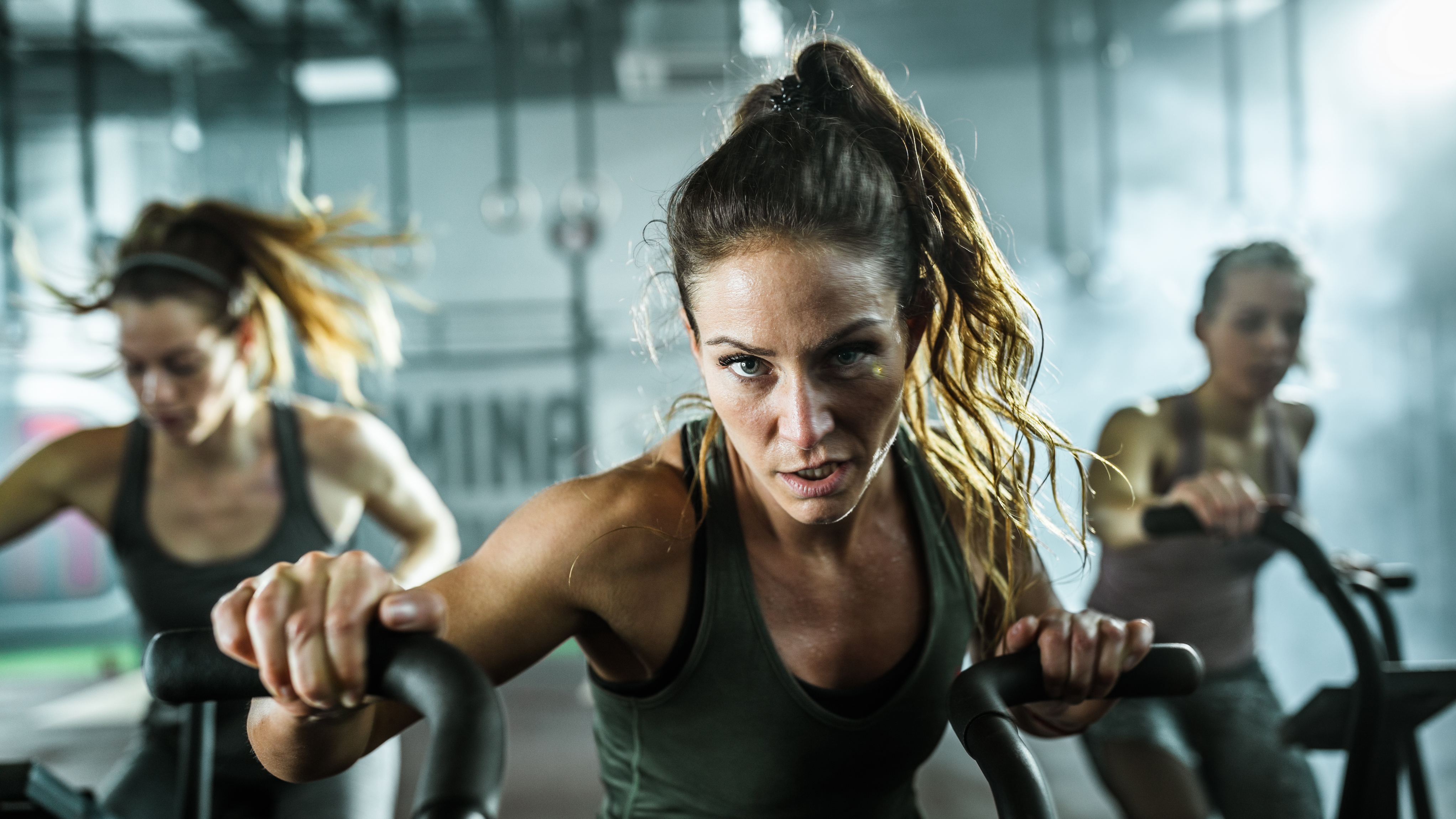
It is no secret that men vastly outnumber women in the saddle; 75% of cycling trips in the UK are made by men, with less than 10% of women cycling at least once a week vs 21% of men. Women make up just 20% of British Cycling’s membership, and only 15% of USA Cycling’s. The numbers are markedly different when it comes to cycling indoors.
Participation in indoor cycling classes is rising each year, underpinned by spinning clubs such as SoulCycle, and Les Mills, who have propelled it into the limelight. Advancements in home training technology mean riders can even race against their peers from the comfort of their living room. Strava data shows virtual cycle rides using apps such as Zwift - a platform which has over 1 million subscribers - continue to grow in popularity, with the brand’s Director of Women's Strategy Kate Veronneau telling us “we are seeing a large, and continually growing women’s market.”
Analysis of indoor fitness spaces suggests that this is an exercise format that suits women, with the gender split at 78% to 22% in favour of female participants and spinning being the third most popular option.
“Across my career, the majority of people in indoor classes have been female-identifying, most of whom, for various reasons, do not cycle outside” says Melissa Power, cycling instructor and Founder of Cadence, a London based indoor cycling gym.
If you can’t see it, you can’t be it
The culture surrounding outdoor cycling is male-dominated, and that can be off-putting to women.
“I am not speaking for all women here, we have many women who ride with our club, but often the fear of turning up to a club ride or cycling event and being the only woman or one of only a few, is very intimidating,” says Ellie Cousins, Women’s Captain at UK based London Dynamo cycling club.
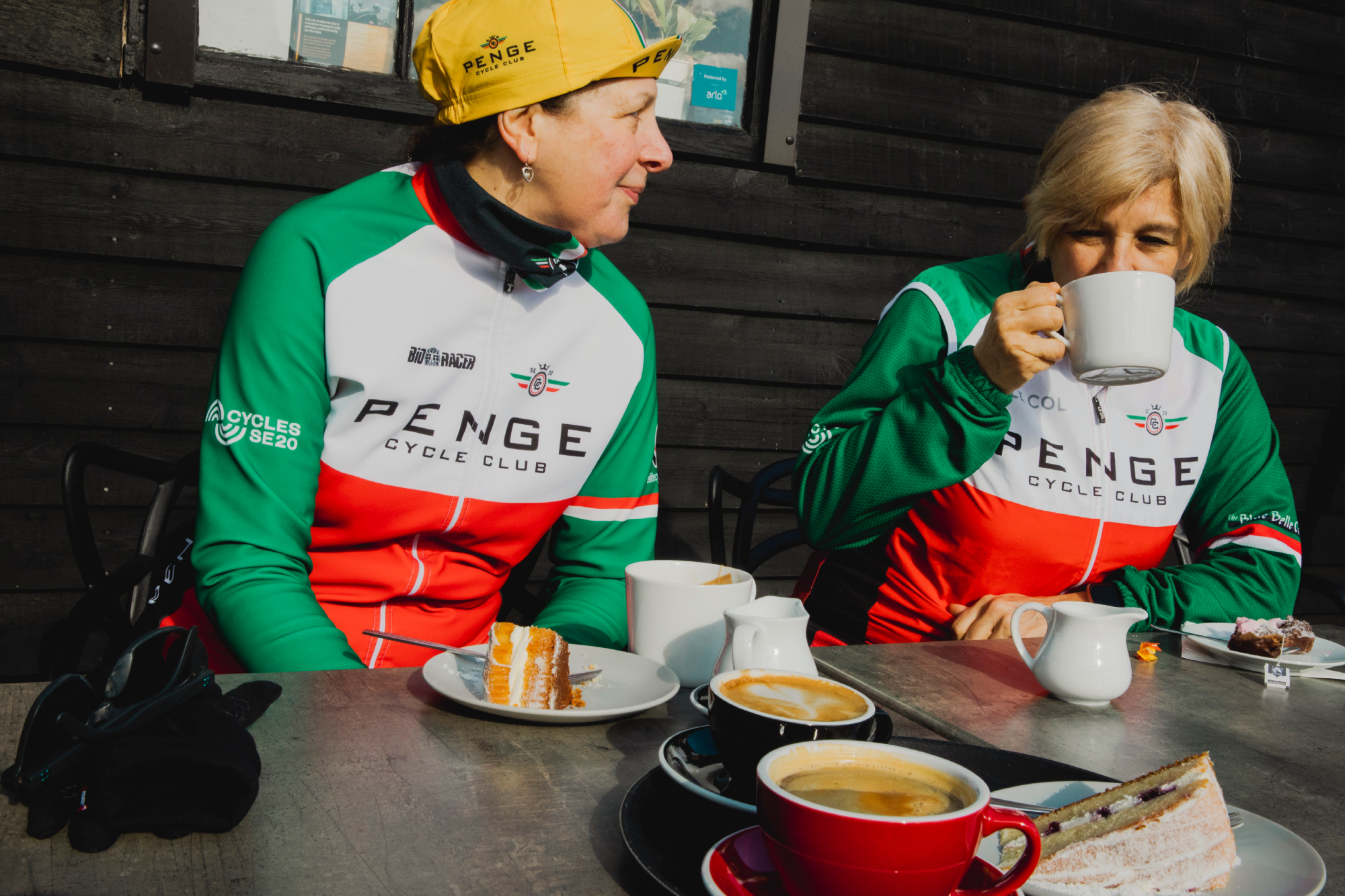
Cycling clubs which organise women's rides tend to see more success with female participation
The city-based club has been successfully targeting an increase in female membership in recent years, hosting a variety of rides and events tailored specifically to women, as well as a women’s Zwift racing team. “A lot of people look to clubs for a sense of belonging, and if they can’t see themselves already represented [through others the same age/gender/ethnicity], it cements the idea that perhaps this isn’t the space for us,” Cousins continues.
Get The Leadout Newsletter
The latest race content, interviews, features, reviews and expert buying guides, direct to your inbox!
Emma Dyson set up Mellow Jersey - an organisation which operates women’s and mixed-sex cycling excursions in Mallorca - in a bid to get more women along for the ride. “Most of the tour operators were being run by ex-pro cyclists, with big groups of riders - mainly men - heading out for testosterone fueled rides, and while the few women that joined them were typically fairly fast and able to hold their own in these groups, many were deterred by this,” she says.
“Underrepresentation breeds underrepresentation” says Kristen Bonkoski, founder of Femme Cyclist, a platform which encourages women onto the saddle by providing information about mechanics, riding techniques and wellbeing. “Whereas fitness classes are familiar, you see other women going to those classes, and it spurs you to join.”
E-racing platforms are constantly doubling down on gender equality. On Zwift’s virtual Tour de France, women and men can race together (while receiving equal broadcast coverage), something not even possible in the physical version of the infamous race. “We work constantly with female ambassadors across the globe to help elevate women’s voices and connect female-identifying communities,” says Veronnea.
A majority male industry
the Bicycle Association revealed that - in the UK - only 8% of workshop-based roles and 19% of customer-facing roles are held by women. In the USA figures are the same, with 89% of bike shops male-owned. The same pattern is seen across the industry, impacting the products and services available.
“When I began my racing career, I was one of just two women in my age group, and I quickly saw that cycling gear - particularly clothing - was not being designed in a way which suited women’s bodies and needs. Often, women’s clothing was just a cheaper version of the men’s kit,” says Iris Slappendel, former president of the Cyclists’ Alliance and founder of Iris, a cycling brand specialising in women’s apparel.
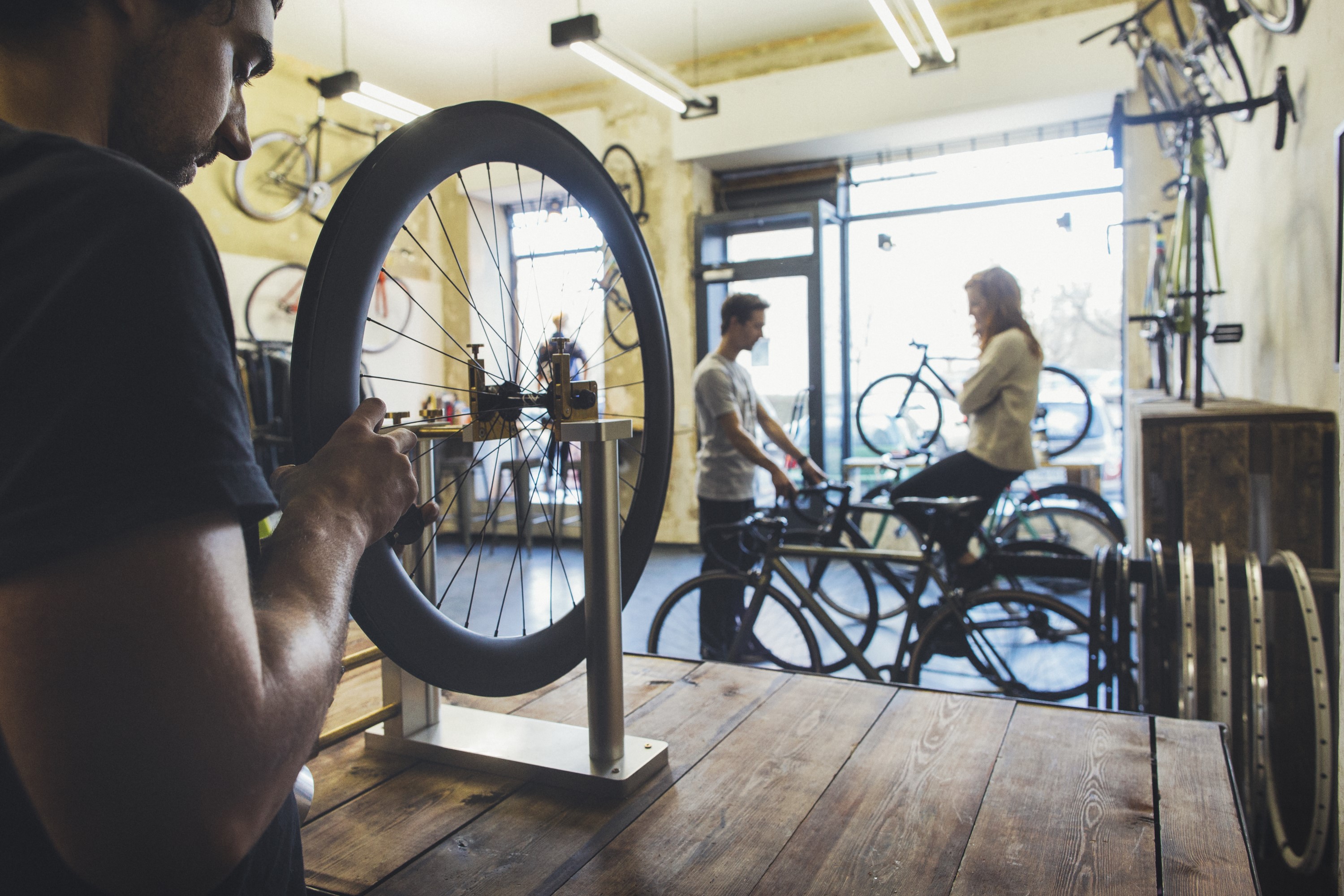
Women might not always feel comfortable asking questions in a fully-male staffed store
It was years of wearing inadequately designed clothing that promoted Slappendel’s move into cycling apparel. “We are not doing anything mind-blowing here, but you would be amazed what adapting elastic, shifting dimensions, or inserting additional openings in a garment does for women’s enjoyment and comfort when riding,” she asserts.
Meanwhile lack of understanding and attention to the multiplicity of women’s clothing design requirements has obstructed many from pursuing cycling. “Often clothing does not meet both the cultural and religious needs of Muslim women, particularly around the need for modesty,” notes Deryn Ellis of Cycle Sisters, a road cycling club founded in 2016 to help boost the representation of Muslim women, and now has over 1500 members.
Male domination of the cycling sector also prevents women from gaining access to health and well-being information. “Many women suffer discomfort while riding, but most aren’t going to feel comfortable going into a bike shop filled with men to seek solutions to concerns like genital pain,” says Bonkoski. “I started FemmeCyclist because so much of the media and information I saw online was created by men for men, there was very little available for women, such as how do you bike on your period?”
”These are all things nobody talks about, perhaps because they are not perceived as important by many working in the sector,” agrees Slappendel.
Indoors, women are playing instrumental roles in shaping the sector around female-identifying customers, which has led to a redoubled focus on gender-specific riding needs.
“The majority of instructors I train are women, perhaps only 1 in 20 are men, this includes master trainers,” reflects Melissa Power - who has tutored trainee instructors for over a decade.
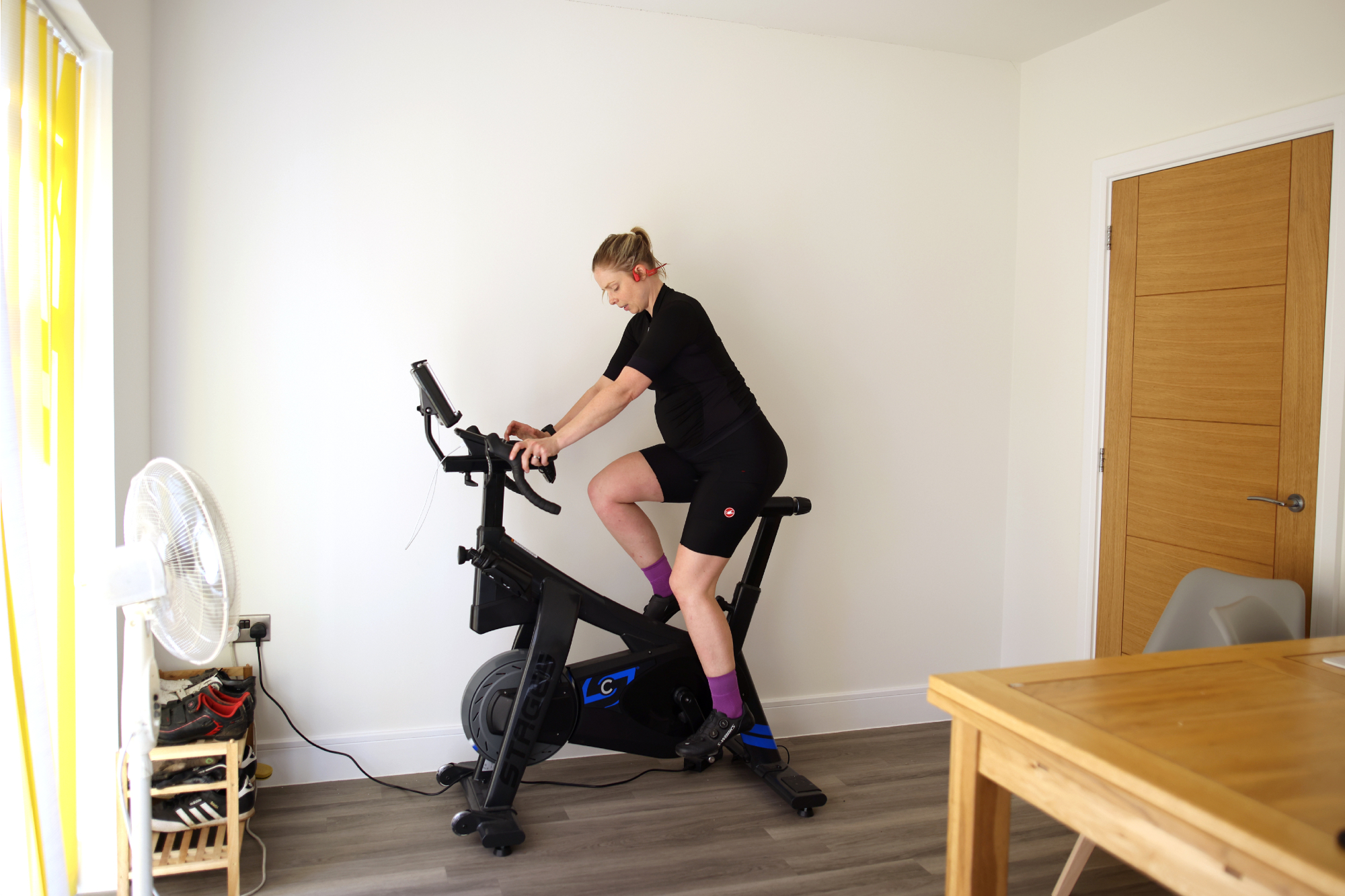
“We have developed pre and post natal training programmes to reflect the different lifecycles women go through, working with incredible female athletes and coaches who have experienced these issues themselves,” says Zwift’s Veronneau, highlighting the sessions applauded by Cycling Weekly’s own digital editor who has used the sessions to maintain fitness through two pregnancies.
The brand has placed its flag in the ground of supporting women’s pro racing, most notably as the headline sponsor of the Tour de France Avec Zwift, a move Veronnea called “an absolute, clear, undeniable success.”
Safety and security remain clear barriers
“Another consideration which cannot be forgotten is safety,” asserts Cousins.
“More women certainly seem to ride virtually now, in large part as there is less of a safety consideration. When I am at home riding, I know I won’t get shouted at by other road users or risk having an accident.”
Power sees this sentiment amongst many of her customers.
“When I speak with my female-identifying clients, the majority say they would never cycle outside, the roads, particularly here in London, are just too dangerous if you are not prepared to cycle aggressively in the face of motorised traffic,” she says.
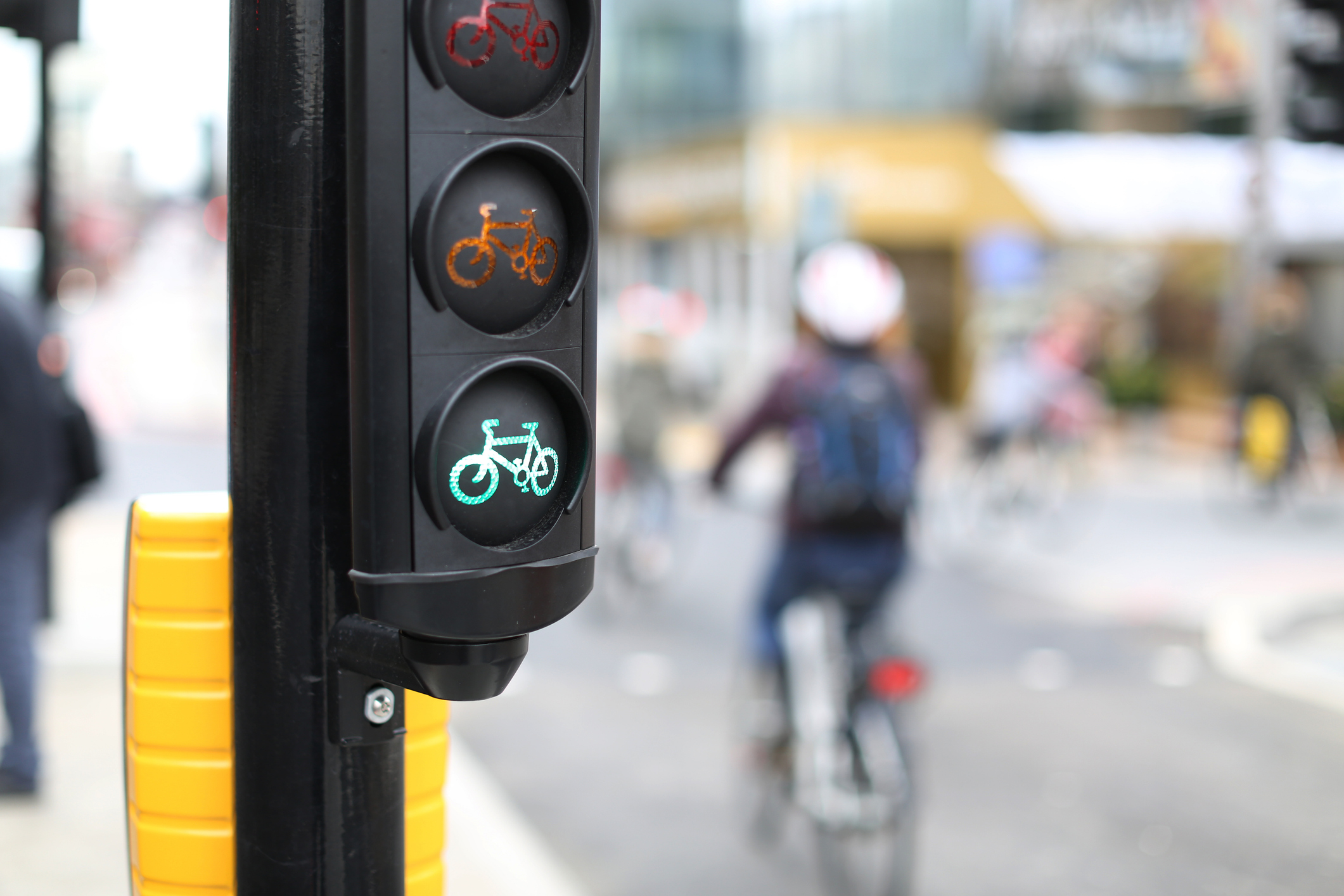
Abuse is commonly reported and many women choose not to ride after dark
A study by the London Cycling Campaign showed that nine out of 10 women surveyed had experienced verbal abuse while riding their bikes, with over 90% of respondents stating drivers had used their vehicles to intimidate them.
“[Women] often experience verbal abuse on the roads which can sometimes feel like a gendered attack. This can be a particular worry if you are required to ride alone to get to the start of a club ride, perhaps even before it is fully light!” says Cousins.
Data from Strava shows that women are far less likely to cycle alone, with 37% of rides recorded by women occurring in groups, 10% higher than figures for men. With group rides - as previously mentioned - often male dominated and sometimes off-putting, finding a likeminded group represents another challenge.
The winter months exacerbate the issue. Data from Strava shows that globally women are almost 25% less likely to cycle pre-sunrise and sunset than their male counterparts. Fear of harassment and violence impacts women’s sport and leisure beyond cycling, with devastating figures suggesting that almost 3/4 of women change their behaviour when exercising during winter - up 26% from last year. Given that many mid-week rides take place before or after work, this again lends itself towards taking the activity indoors.
Addressing safety concerns is a far greater puzzle, with campaigning for better infrastructure a key consideration. But, the desire to ride in a group, in daylights hours, is actionable.
Childcare is still determining leisure time
Childbearing and rearing has been shown repeatedly to obstruct women’s uptake and continuation of outdoor cycling for sport, leisure and travel, far more than their male counterparts.
While data suggests evermore egalitarian childcare practices and attitudes, women continue to shoulder a majority of the work, with significant repercussions on women’s access to leisure time. Research from the UK and North America reveals over 75% of women with children experience barriers to regular activity including time, social support and fatigue, with mothers reducing time spent on bicycling far more than fathers.
One study even suggests that having two or more dependent children was associated with increased likelihood of men bicycling for recreation at least monthly, vs a decrease for women.
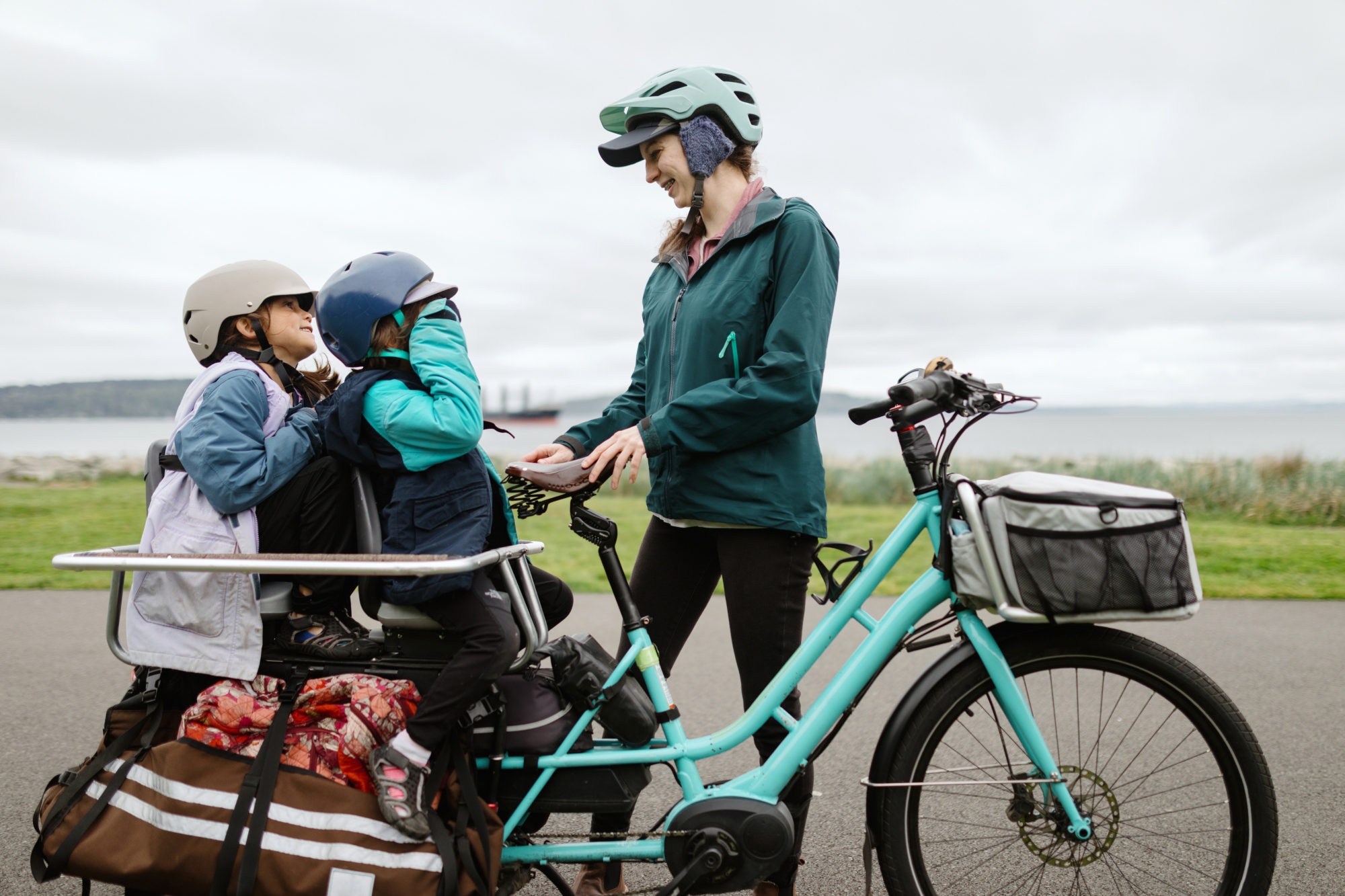
Riding can take a backseat for women if children come along - potentially more so than men
”Riding indoors is a solution for so many women today who continue to juggle professional and personal commitments on a daily basis,” asserts Veronneau.
Slappendel agrees: ”Childcare, and traditional gender caregiving roles play a major part in women’s choice of whether to ride inside or outside. Although I am from the Netherlands, where we have gender balance in cycling for transit, I see so many women abandoning sport cycling when they have kids- while men continue to go out for day- long weekend rides."
“I am not saying change is not happening, but it is incredibly slow.”
As a result, women (far more than men) identify time constraints as a core barrier to cycling. Even more alarmingly, reductions in women's leisure impelled by childbirth is also shown to extend for longer periods than men. Locked out of the sport and its social circles for elongated periods makes returning to the roads even more tumultuous.
“This is what makes indoor cycling more accessible,” says Power.
”Classes are just 45 minutes long, and you get a workout similar to that of several hours riding outside, far easier to balance alongside childcare or other responsibilities.”
Whilst outdoor cycling as an industry is unlikely to overhaul gender norms, there are lessons to be learned from the approach of championing shorter sessions, and, being more mindful of differing available windows of time for men and women.
The way forwards
Increasing women’s participation has long been a goal for brands, clubs and organisations within cycling; progress is slow, perhaps hindered by the heritage of an ever-aging sport. However, it’s undeniable that those taking leaves from the book of indoor riding are making greater strides forward.
“In the past couple of years we have doubled the number of women in the club and I think this speaks to the fact we have attracted a really friendly and encouraging group of women who also want to challenge themselves and improve their performance and bike skills,” asserts Cousins.
As the sector wracks its brains on how to accelerate action, there are certainly lessons to be learned from the warmer, drier sibling that is indoor riding.

Thank you for reading 20 articles this month* Join now for unlimited access
Enjoy your first month for just £1 / $1 / €1
*Read 5 free articles per month without a subscription

Join now for unlimited access
Try first month for just £1 / $1 / €1
Isobel Duxfield is currently a freelance journalist and consultant on gender equal mobility for several public sector organisations. She previously worked in Brussels for a sustainable mobility network.
You must confirm your public display name before commenting
Please logout and then login again, you will then be prompted to enter your display name.
-
 Tadej Pogačar flies to dominant victory at La Flèche Wallonne
Tadej Pogačar flies to dominant victory at La Flèche WallonneSlovenian takes second win at Belgian classic ahead of Kévin Vauquelin and Tom Pidcock
By Tom Thewlis
-
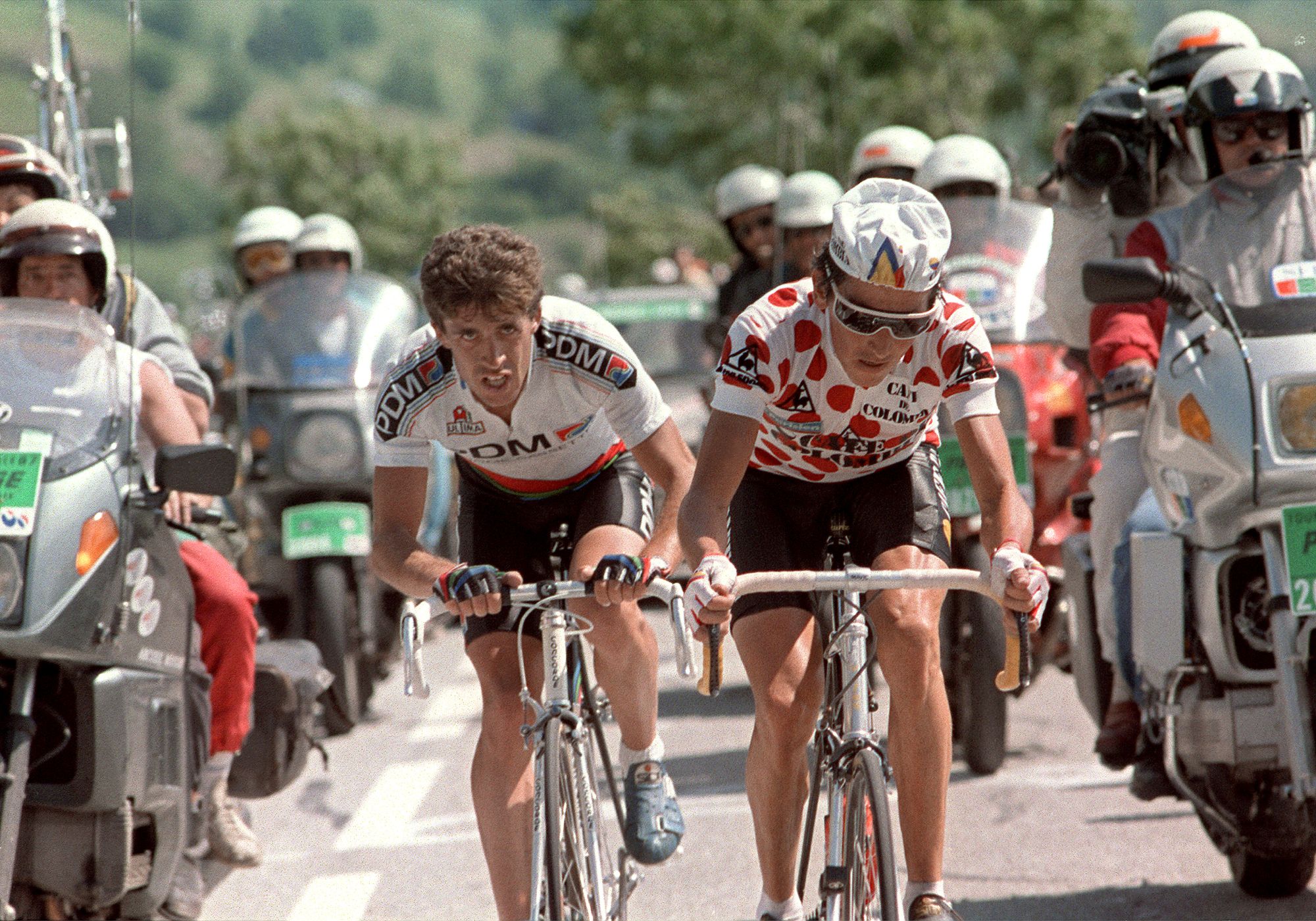 Colombian climbing star and former Vuelta a España winner Lucho Hererra could be investigated over murders of four people
Colombian climbing star and former Vuelta a España winner Lucho Hererra could be investigated over murders of four peopleA judge has called for an investigation into the former Vuelta winner who is alleged to have worked with paramilitary groups in Colombia
By Tom Thewlis